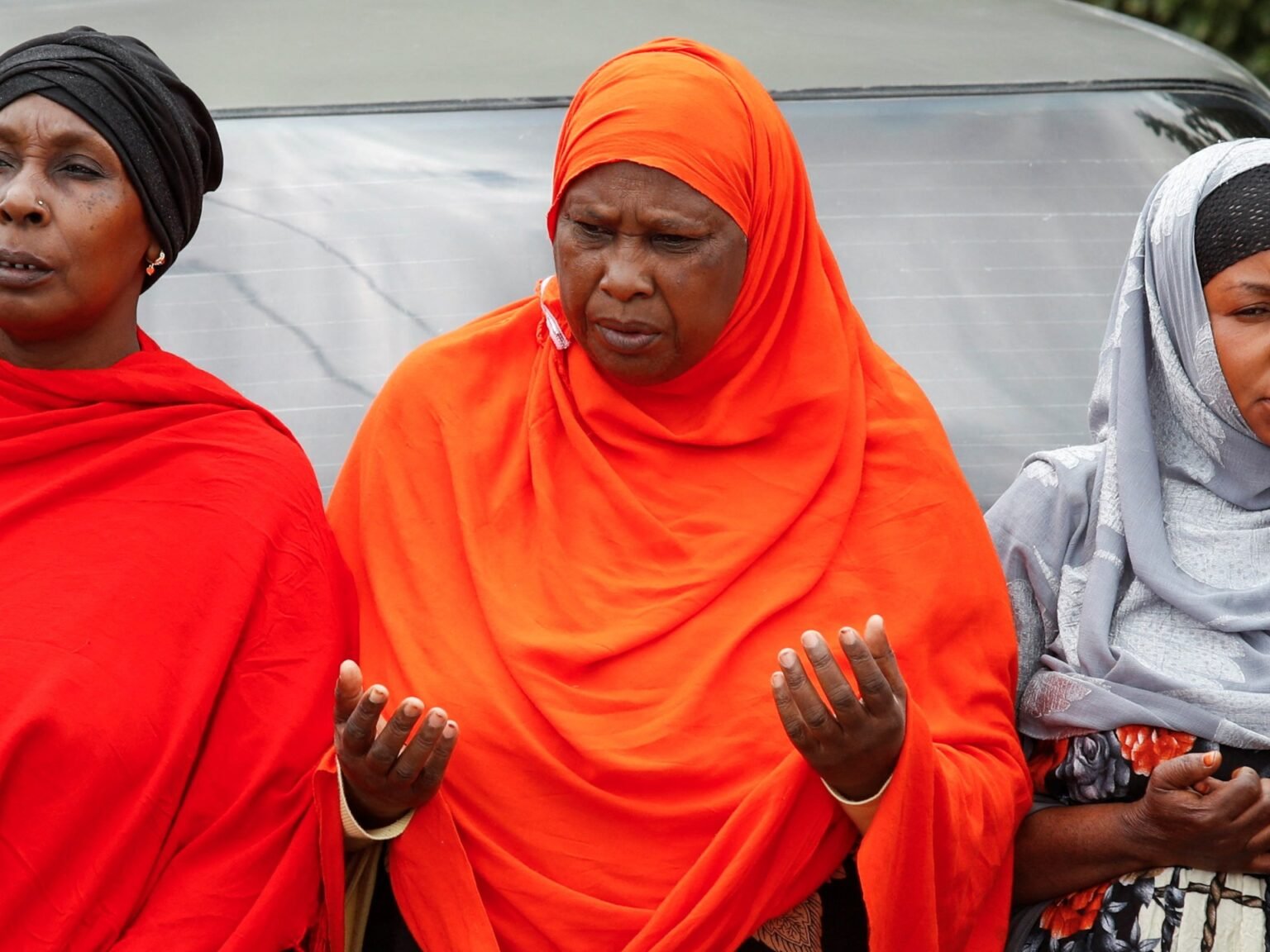The funeral of a teenage protester killed during Kenya’s antigovernment protests drew a large crowd as the death toll from the unrest rose to 27. The protests began after the government proposed $2.7 billion in tax hikes, which were eventually shelved due to pressure from young activists. Despite the government backing down on the tax plan, protesters are now focused on addressing issues of corruption and governance in the country. The High Court has ruled in favor of a petition demanding an end to the use of deadly force by police against protesters.
Writer and activist Nanjala Nyabola believes that the protesters have legitimate grievances against the government that must be addressed before they are willing to make concessions. The movement, which is largely leaderless and organized through social media, is facing questions about how to pursue its objectives. Some believe that the movement needs to formalize its structures in order to speak to the government, while others fear that doing so could lead to corruption by politicians. The current protests have united youth around common grievances as opposed to ethnic affiliations.
Despite the government’s reversal on the tax hikes, some protesters are calling for the resignation of President William Ruto, leading to tensions between different ethnic groups. In Ruto’s hometown, some argue that protests should end now that the tax bill has been withdrawn, while others believe they should continue until Ruto steps down. Social media posts have accused local politicians of trying to incite trouble to undermine the movement. However, writer Nanjala Nyabola believes that the movement has successfully focused on addressing the class and wealth disparity between politicians and ordinary citizens.
The High Court’s ruling to halt the use of deadly force by police against protesters is seen as a step in the right direction by activists. Demas Kiprono, of the Kenyan Section International Commission of Jurists, believes that the court’s decision acknowledges that something has gone wrong in how the protests were being handled. While the court does not have the means to enforce its ruling, it is up to other government bodies to ensure that police comply with the order. The movement is facing questions about how to formalize its structures in order to effectively communicate with the government and advance its objectives.
The protests in Kenya have been successful in pressuring the government to shelve the proposed tax hikes, but the focus has now shifted to addressing systemic issues of corruption and governance. The movement has united young people around common grievances and away from traditional ethnic alliances. While some tensions have arisen within the movement regarding the resignation of President Ruto and the formalization of structures, activists are determined to push for better living conditions and political accountability. The protests have highlighted the class and wealth disparity between politicians and citizens, and the movement is striving to address these issues through continued activism and advocacy.

